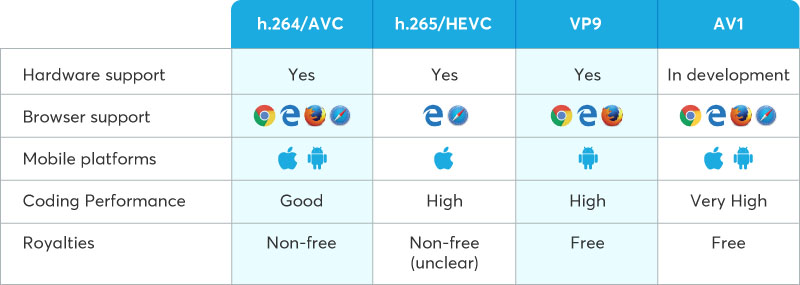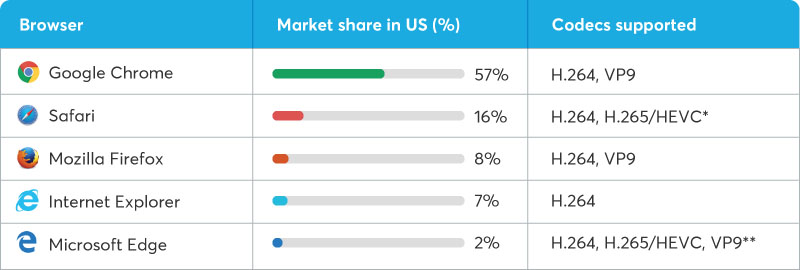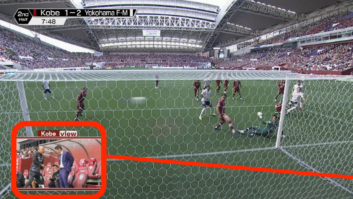With video expected to account for 82 per cent of all internet traffic by 2021, up from 70 per cent today (Cisco), the industry is adopting new ways to encode and decode video to ensure more efficient delivery over the web.
As a result, the market is now moving toward a new generation of video codecs that offer 30 – 70 per cent better compression. This is important because shrinking video files means higher-quality content can be sent over existing network infrastructures for a richer, more compelling user experience, while reducing delivery costs.
Managing the codec and platform choices
Most companies will need to take a more nuanced and pragmatic approach to adopting and supporting new media codecs. Right now, there are three high efficiency video codecs to choose from, and with more on the way for compressing ultra high-definition video and VR media.
The way forward is a hybrid multi-codec approach. Companies will need to continue supporting H.264 to ensure interoperability with every device. There is, however, also an opportunity to build out support for HEVC, VP9 and AV1, which deliver higher quality video for a differentiated service offering.
We have tested multiple codecs and identified the best options depending on the use case and requirements. Before looking at performance and market penetration, let’s look at the basic data that can help determine the obvious options upfront:

Additionally, it is important to consider what platforms these codecs will be used for – from mobile native SDK’s (Android, iOS) to native SDK’s for connected TV through dongles and IP STB’s, such as Roku, Apple TV, Amazon Firestick and Chromecast. Not only are codecs changing and can be quite fragmented, but devices are another important moving target to consider.
To invest or not to invest in better compression
Encoding an asset in more than one codec is costly: beyond the royalties for some, there are additional costs to take into account, such as CPU cycles to do the encoding work, power, cooling, rack space and storage, which grows with each iteration saved in a data centre.
However, high-efficiency formats mean smaller files to store, and faster streaming to more people over less bandwidth. This is particularly valuable for video that is in high demand, such as a football game or a popular TV series. To stand out from the competition, delivering higher quality faster is absolutely essential.
Once the objective has been defined, it’s important to also review the market penetration of each codec. A combination of HEVC and VP9 can deliver advanced compression to roughly 83 per cent of all browser users in the US; the remaining 17 per cent would fall back to H.264 for complete coverage of every option, according to Netmarketshare research.

After narrowing down the choices depending on the use case and market penetration, companies need tools to help them make the last key decisions, which often happen on the fly. A combination of efficient analytics, fast encoding tools and a video player that comes pre-equipped with multi-codec support can solve a lot of challenges once the project is underway.
Video has a bright future and the technologies to best deliver it are getting more complex and powerful. For media companies, having access to wider codec options is a sound way to optimise the high-quality viewing experience for viewers. This is becoming even more vital as emerging technologies like VR, AR and MR hold promise to bring even more compelling experiences.







